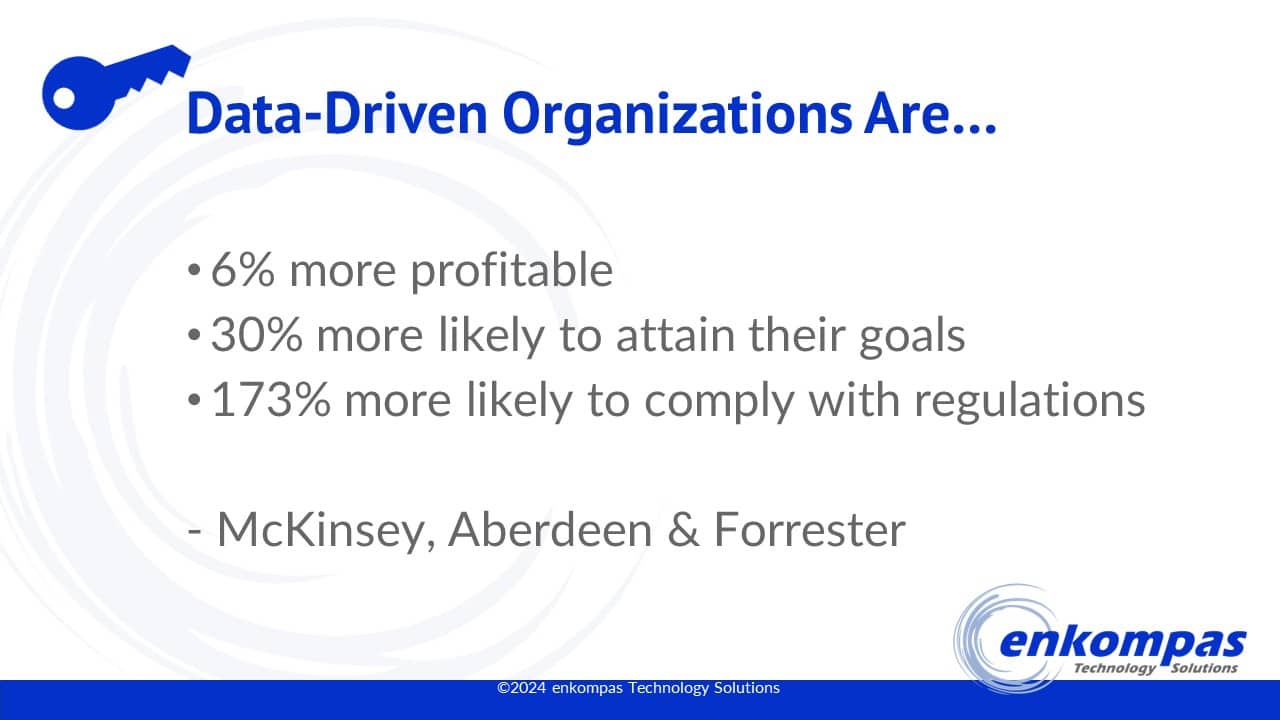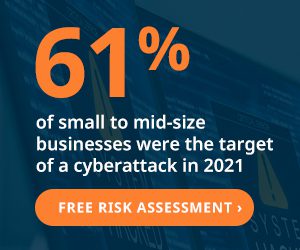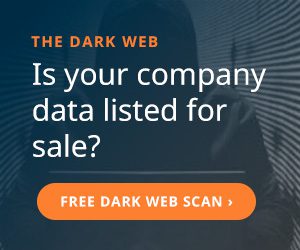Members of the enkompas Electronic Health Record (EHR) consulting team gathered in Hershey, PA for the Rehabilitation and Community Providers Association (RCPA) conference last week. During the conference, we delivered an educational session – with a huge assist from three panelists from our client partners who provided first-hand context and examples. About 40 conference attendees joined us for this presentation, which centered on the Stages of EHR Transformation and the road to becoming data-driven agencies.
Here’s a brief overview of the session and a few highlights from our expert panelists.
Charting Your Course to EHR Transformation
Our session was titled Charting Your Course: Unleashing Data-Driven Strategies through Your EHR Initiative. Chris Parry (CEO) kicked us off by clarifying why it’s important for Human Services Agencies to become data-driven.
Of course, agencies face pressure from goverment regulatory bodies and insurers to provide robust, data-based evidence of client outcomes, but it’s so much more than that. Implementing and leveraging an EHR to become truly data-driven, allows organizations to not only measure health outcomes, but to also measure a variety of performance measures across several categories, such as
- Health & Safety
- Human Capital
- Customer Service
- Operations
And just take a peek at these statistics!
Experience Growth in Your Company Through EHR Optimization

Agency Partners Share Their EHR Transformation Experience
Throughout the session, the panelists from our agency partners weighed in with examples and inspiration (and caveats) from their direct experience within their EHR implementation and optimization efforts.
Our panel was comprised of
- Jessica Fenchel, COO of Access Services, Inc.
- Scott Douglass, Executive Director, Quality Assurance & Compliance of Partners for Quality(PFQ)
- Aaron Rogers (many football jokes were made), MRT, ATP of Partners for Quality
Both Access Services and PFQ are large agencies with many service lines, programs, and staff, so the panel had ample experience from which to draw their input. Their concrete descriptions of both challenges they’ve faced and wins they’ve celebrated were integral to helping the audience grasp the power of an EHR.
Our Three-Phased EHR Transformation Model
After reviewing the benefits of being data-driven, our Directors of EHR clarified the importance of an EHR and the goals of managing the EHR, such as workflow optimization and performance monitoring.
Next, the directors introduced the enkompas EHR Transformation Model. The three phases of our model are EHR Selection, EHR Implementation, and Training & Support. Here’s a snapshot of what each phase entails.
- Phase 1: EHR Selection: The first phase entails the agency identifying their unique requirements for their EHR and reaching out to EHR vendors for demos. This phase includes a component critical to the success of the EHR initiative going forward: Organizational Change Management (OCM). (We’ll talk about this more in a moment!) Phase 1 wraps up when the agency enters an agreement with the EHR vendor they selected.
- Phase 2: EHR Implementation: In Phase 2, the agency creates a project plan to roll out the implementation, kicks off the project, and begins to build the EHR components (e.g., forms) they need. A critical component of Phase 2 is User-Acceptance Training. This phase comes to a close once all staff training and compliance checking is complete and the system goes live.
- Phase 3: Training & Support: The “final” phase includes ongoing training and support and system optimization. We put the “final” in quotes because this phase is more of a “loop,” where the agency continually identifies ways to improve upon their EHR and needs training and support to adopt those improvements.
The Partner Panel Weighs In
During the explanation of our EHR Phases Model, our panelists shared what this process looks like in real life. They helped to clarify that, although the model unfolds in a relatively linear fashion, the “looping” involved in any EHR inititative isn’t limited to Phase 3. Panelists also provided examples of what’s possible once you reach the Training & Support Phase.
Moving Around within the EHR Phases Model
As panelist Scott Douglass of PFQ described it, your “EHR is a living, breathing thing.” Even once an agency reaches Phase 3, it’s likely to find situations where it’s not only looping within Phase 3, but also looping back into Phase 2/Implementation territory.
For example, if an internal (e.g., adding a new program) or external (e.g., new regulations) change occurs, an agency may have to build new forms, perform UAT for the changes, and provide addtional training and compliance checks.
The Possibilities for Transformation
Panelist Jessica Fenchel of Access Services, Inc. shared a compelling story of what’s possible for an agency once it has a fully implemented EHR. Once everyone within the organization has adopted the EHR, they begin to see new possibilities for its use.
Fenchel explained how their staff (the end-users of the EHR) now come to managers and leaders with specific suggestions and questions about how else the EHR could be used to benefit their roles within the agency and the agency as a whole. As the “boots on the ground,” they have unique insights about the use of their EHR that leaders likely wouldn’t identify on their own. The key to this success is that the care professionals are willing to ask their leaders for new EHR features because they trust those leaders to follow through on their ideas.
Building that trust can be directly attributed to how the EHR project was managed by Access Services (with a little help from enkompas!).
EHR Success Depends Upon Management of the Process
The EHR represents the enterprise resource planning (ERP) system for Human Services Agencies. And research shows that up to 60% of enterprise-wide systems projects fail. Why is that?
When EHR or other systems implementations fail, it’s more likely to be due to a people problem than a tech problem! Reasons organization-wide software implementations fall short include:
- Employee and/or middle management resistance
- Poor executive sponsorship
- Insufficient resources devoted to the project
This is why Organizational Change Management (OCM), project management, and communication planning are the keys to a successful EHR implementation.
We will be addressing more on the topic of OCM in future posts, so keep following along!
About enkompas Technology Solutions
enkompas powers your entire technology environment, working closely with your team to provide strategic enterprise technology solutions. With nearly 30 years of experience as a trusted managed IT services partner, our goal is to help you build a secure, scalable organizational roadmap. Contact us for more information on how enkompas Technology Solutions can help your organization select an EHR, achieve EHR implementation success, and support your secure tech environment with our subject matter expertise and proven Organizational Change Management Blueprint.


